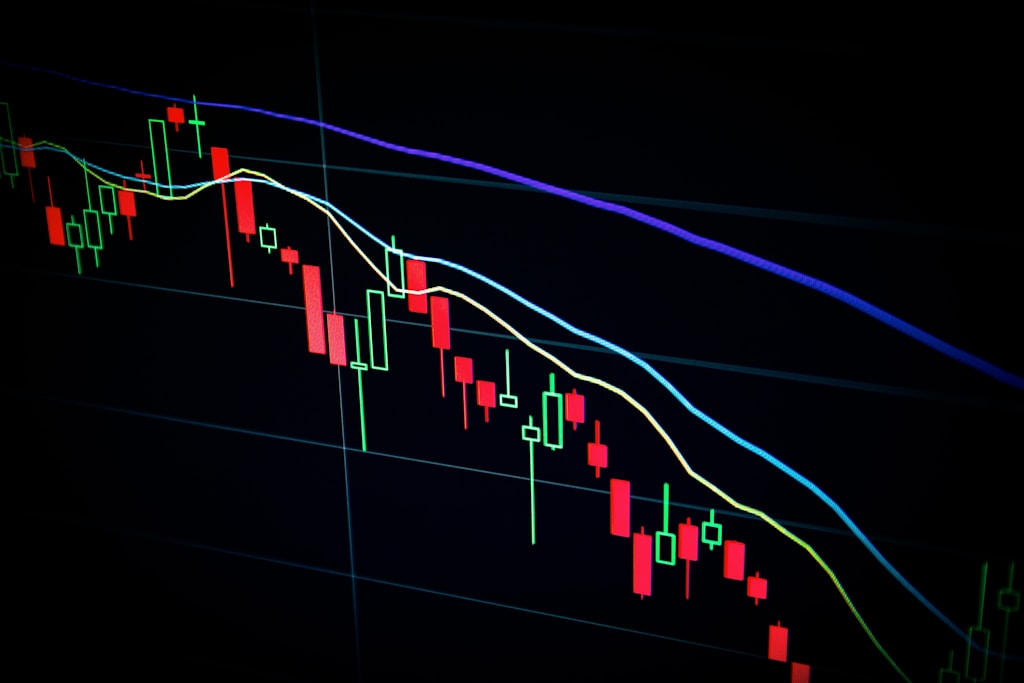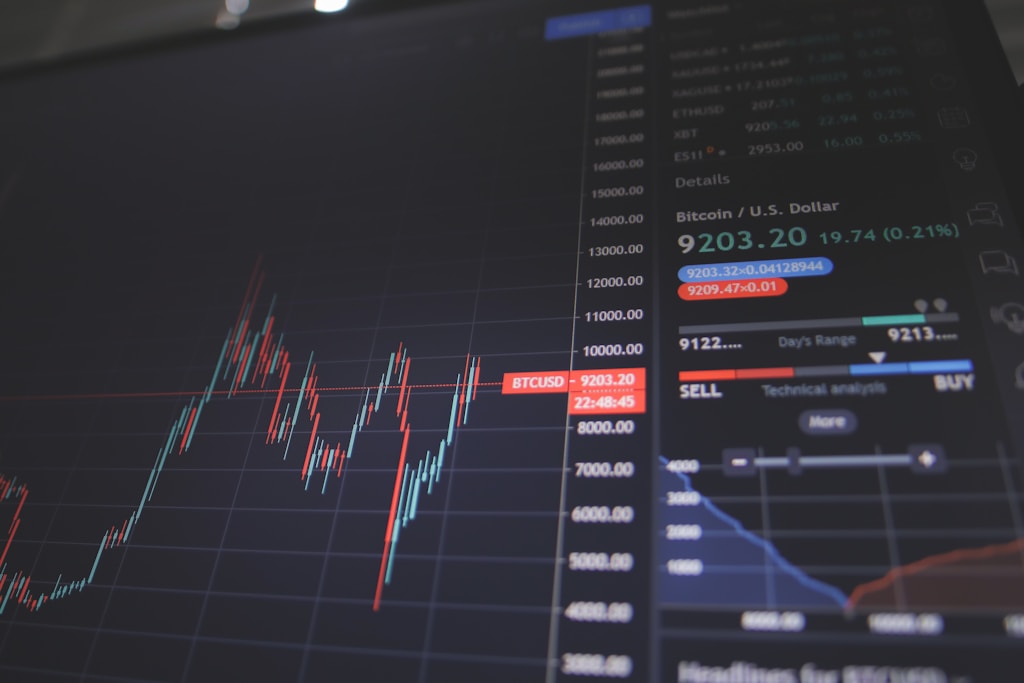XRP faces a crucial moment as the fourth-largest cryptocurrency tests a vital support level at $2.13, with technical analysis suggesting potential for a quick relief rally pending successful defense of this key price point. Recent bearish patterns have put increased pressure on XRP holders, making this support level particularly significant.
Technical Analysis Points to Short-Term Relief Opportunity
Prominent crypto analyst CasiTrades has identified a promising scalp setup that could lead to a swift price recovery. The analysis highlights several key technical levels:
- Current support: $2.13
- Fibonacci retracement level: 0.118 at $2.196
- Initial target: $2.253 (0.236 Fibonacci level)
- Extended targets: $2.333, $2.395, and $2.456
Market Indicators and Volume Analysis
The current market structure shows concerning signals:
- 24-hour decline: 4.86%
- 30-day performance: -3.01%
- Trading volume surge: +57.32%
- RSI reading: 36.47 (approaching oversold)
This technical setup aligns with broader wave analysis predictions that suggest significant upside potential for XRP, though immediate price action remains dependent on the defense of current support levels.
Expert Outlook and Price Targets
Market analyst Crypto V maintains a bullish long-term stance, projecting a substantial market cap expansion to $790 billion by year-end. However, short-term price action hinges on:
- Defense of $2.13 support level
- Volume profile at key resistance points
- Overall market sentiment shift
Frequently Asked Questions
Q: What happens if XRP breaks below $2.13?
A: A break below this level could trigger further decline toward $1.77, invalidating the current relief rally setup.
Q: What’s the immediate upside target?
A: The primary target is $2.253, with potential extension to $2.456 if momentum builds.
Q: How does this align with XRP’s long-term outlook?
A: While short-term volatility persists, analysts maintain bullish long-term projections, with some targeting significant market cap expansion.






